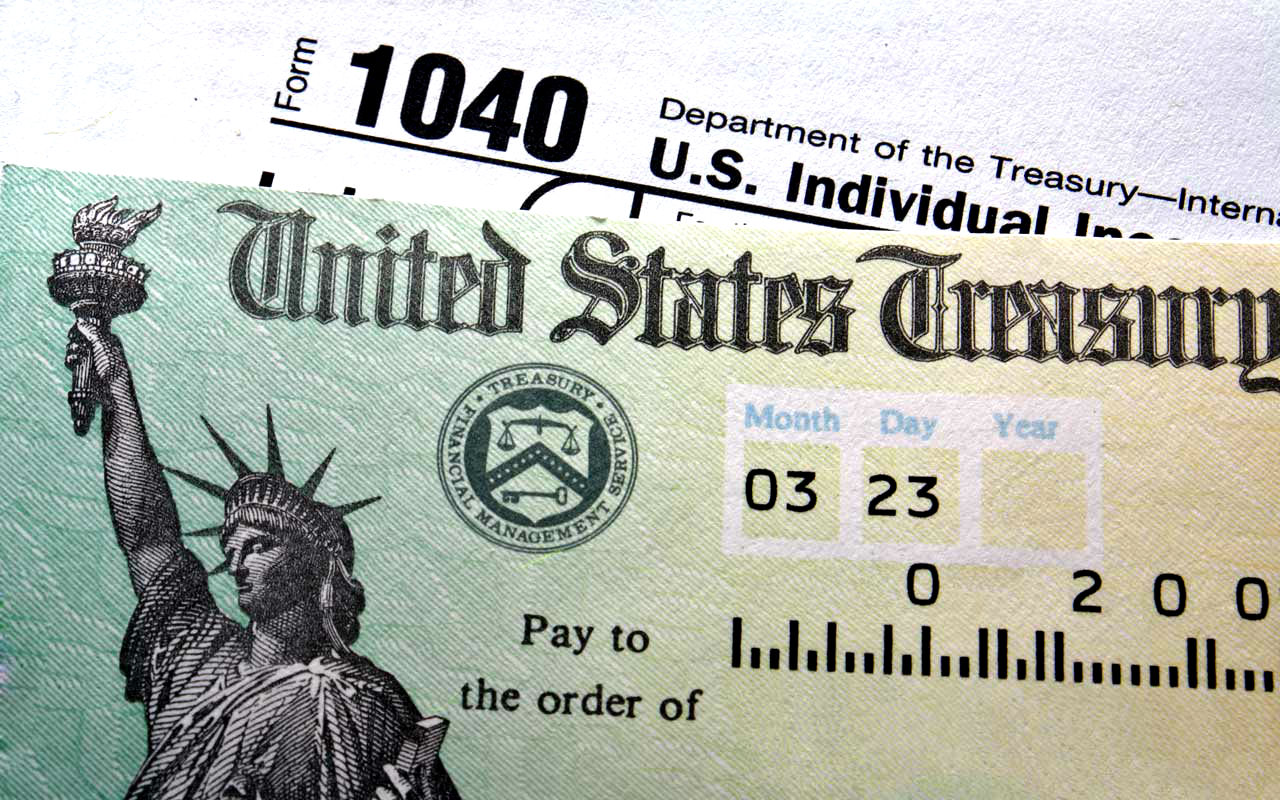 With the arrival of a new year, many consumers will already be preparing to file their 2019 federal tax return. But it could pay to be aware of tax changes that have just gone into effect for 2020.
With the arrival of a new year, many consumers will already be preparing to file their 2019 federal tax return. But it could pay to be aware of tax changes that have just gone into effect for 2020.
Even if you haven’t gotten a raise or added a dependent to your family, you might find yourself in a different tax bracket this year. The Internal Revenue Service (IRS) makes slight adjustments to the tax brackets every year to account for inflation.
Here are the tax brackets and income limits for the 2020 tax year for a married couple filing jointly:
-
10 percent – $19,750 or less
-
12 percent – $19,750 – $80,250
-
22 percent – $80,250 – $171,050
-
24 percent – $171,050 – $326,600
-
32 percent – $326,600 – $414,700
-
35 percent – $414,700 – $622,050
-
37 percent – $622,050 and above
Standard deduction
The 2018 tax law significantly increased the standard deduction, raising it to the point that most taxpayers are now better off claiming it than itemizing deductions. For 2020, the standard deduction is increasing between $200 and $400. Other changes include the following:
-
Single taxpayers can deduct $12,400, a $200 increase over 2019.
-
Married filing jointly taxpayers can deduct $24,800, $400 more than last year.
-
A head of household filing can deduct $18,650, $300 more than 2019.
-
Married filing separately can deduct $12,400, an increase of $200.
Among the many tax credits consumers may be eligible for, the earned income tax credit might be the most beneficial for the low-income workers for which it is designed. The amount of the credit — which is a direct payment from the Treasury Department — varies by family size, though some single workers may also be eligible.
To claim the credit, filers are limited to these incomes:
-
Single, head of household, or widowed – $15,270 (if no children)
-
Married filing jointly – $20,950 (if no children)
Income limits for the earned income tax credit rise where there are children in the household reports Consumer Affairs.
Retirement accounts
The recently enacted SECURE Act makes a number of changes to retirement accounts, but there are other, smaller changes that may affect retirement savers in 2020. The IRS makes annual adjustments to the amounts savers can contribute to IRAs, 401(k)s, and other retirement accounts.
Contributions to IRAs will remain the same. Workers under 50 can contribute and deduct up to $6,000. Workers 50 and older can contribute up to $7,000.
But the IRS has increased 401(k) contribution limits for 2020. Workers under 50 can contribute as much as $19,500 — an increase of $500 from 2019. The limit jumps to $26,000 for workers 50 and older.
With the tax laws getting increasingly complex, it may pay to use a software or tax preparation service to file your returns. You can see thousands of reviews of some of the best services here.
Become a Harlem Insider!
By submitting this form, you are consenting to receive marketing emails from: . You can revoke your consent to receive emails at any time by using the SafeUnsubscribe® link, found at the bottom of every email. Emails are serviced by Constant Contact








